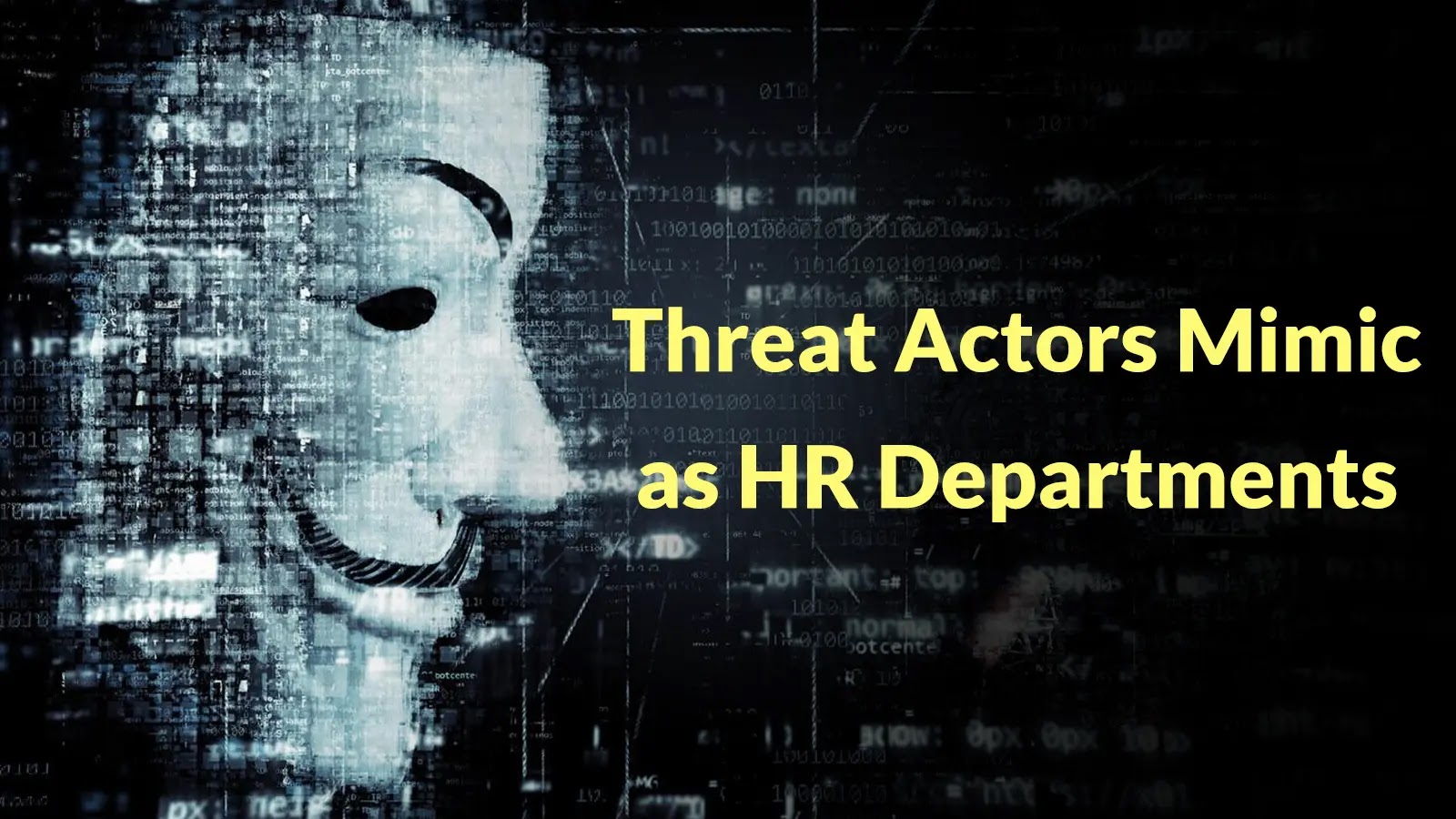A sophisticated phishing campaign has recently emerged, targeting job seekers by exploiting legitimate Zoom document-sharing features to harvest Gmail login credentials. This attack underscores the evolving tactics of cybercriminals who leverage trusted platforms to deceive users.
The Attack Strategy
The campaign initiates with victims receiving emails that appear to be from HR Departments via Zoom Docs, bearing subject lines such as HR Departments invited you to view ‘VIEW DOCUMENTS’. These emails successfully pass standard email authentication protocols, including SPF, DKIM, and DMARC verification, lending them an air of legitimacy to both recipients and security systems.
By impersonating HR departments, the attackers specifically target individuals actively seeking employment, capitalizing on their eagerness to engage with potential job opportunities.
The Phishing Process
Upon clicking the provided Zoom document link, victims are redirected through a series of malicious websites. The initial redirect leads to a domain where attackers have implemented a fake bot protection gate. This mechanism serves dual purposes: it blocks automated security analysis tools and enhances the illusion of legitimacy for unsuspecting users.
Cybersecurity researcher Himanshu Anand identified this campaign while analyzing suspicious emails during his job search. His investigation revealed the sophisticated nature of the attack infrastructure and the real-time credential exfiltration mechanisms employed by the threat actors.
After completing the fraudulent CAPTCHA verification, users are redirected to a convincing Gmail phishing page hosted on the same malicious domain. This fake login interface closely mimics Google’s authentic sign-in portal, complete with proper branding, layout, and interactive elements designed to deceive even security-conscious users.
Real-Time Credential Exfiltration via WebSocket
A particularly concerning aspect of this campaign is the implementation of real-time credential harvesting through WebSocket connections. Once victims enter their Gmail username and password on the phishing page, the stolen credentials are immediately transmitted to the attackers’ command and control server through an active WebSocket connection.
This live exfiltration method offers several advantages to the cybercriminals:
1. Immediate Validation: Stolen credentials can be quickly validated against Google’s authentication systems, allowing attackers to identify which accounts they can successfully compromise.
2. Faster Data Transmission: The WebSocket protocol facilitates faster data transmission compared to traditional HTTP POST requests, reducing the window of opportunity for security systems to detect and block the malicious activity.
The technical implementation reveals sophisticated programming knowledge, with the phishing infrastructure configured to handle multiple concurrent sessions and maintain persistent connections with victim browsers. Network analysis shows the WebSocket traffic contains authentication tokens and session cookies, suggesting the attackers are preparing for immediate account takeover attempts following credential theft.
Broader Implications and Similar Campaigns
This incident is part of a broader trend where cybercriminals impersonate trusted entities to deceive individuals and organizations. For instance, the FBI has warned of threat actors impersonating the BianLian ransomware group to extort corporate executives. In this scheme, scammers send physical letters claiming to have breached corporate networks and demand payments to prevent data leaks. These letters often lack evidence of actual network intrusion, relying instead on fear and urgency to coerce victims into compliance.
Similarly, the Subtle Snail espionage group has been identified targeting European telecommunications, aerospace, and defense organizations by masquerading as HR representatives. They engage employees through LinkedIn, conducting extensive reconnaissance to identify high-value targets with privileged access to critical systems.
Another notable campaign involves threat actors registering over 26,000 domains in a single month to impersonate legitimate brands and government services. These domains are used in smishing (SMS phishing) campaigns, where users receive text messages containing links to fraudulent websites designed to steal sensitive information or facilitate unauthorized payments.
Mitigation Strategies
To protect against such sophisticated phishing campaigns, individuals and organizations should adopt the following measures:
1. Verify Email Authenticity: Always scrutinize emails, especially those requesting sensitive information or containing links. Verify the sender’s email address and look for signs of spoofing.
2. Be Cautious with Links: Avoid clicking on links in unsolicited emails. Instead, navigate to the official website by typing the URL directly into the browser.
3. Enable Multi-Factor Authentication (MFA): Implement MFA on all accounts to add an extra layer of security, making it more difficult for attackers to gain unauthorized access.
4. Educate and Train Employees: Regularly conduct cybersecurity awareness training to help employees recognize phishing attempts and understand the importance of reporting suspicious activities.
5. Monitor Network Traffic: Utilize intrusion detection systems to monitor for unusual network activity, such as unexpected WebSocket connections or data exfiltration attempts.
6. Keep Software Updated: Ensure all software, including email clients and web browsers, are up to date with the latest security patches to protect against known vulnerabilities.
Conclusion
The emergence of phishing campaigns that exploit trusted platforms like Zoom and impersonate HR departments highlights the need for heightened vigilance among job seekers and organizations. By understanding the tactics employed by cybercriminals and implementing robust security measures, individuals and businesses can better protect themselves against these evolving threats.



